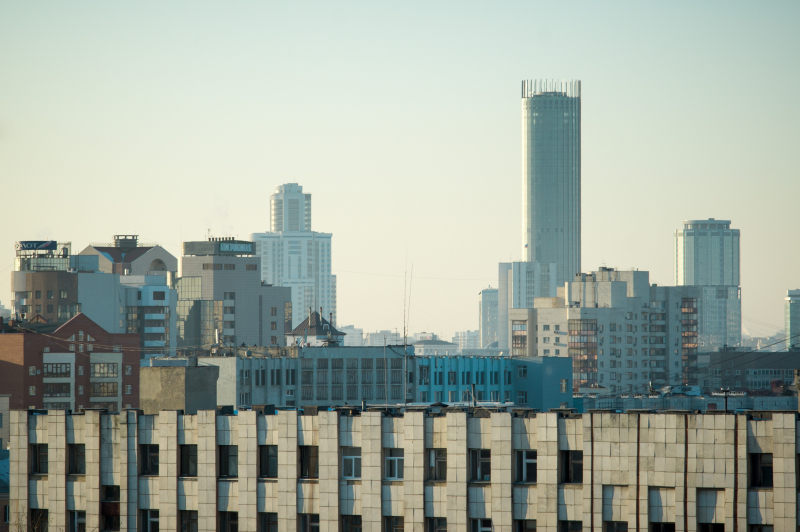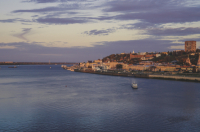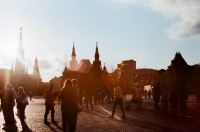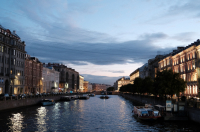Looking to escape writing our theses, my friend and I decided to explore Yekaterinburg, Russia’s fourth-largest city, located in the Ural Mountains. We were not sure what to expect but were ready for new experiences, learning, and getting our senses overwhelmed.
Yekaterinburg was founded in 1723 as a mining hub in the heart of Russia and got this name from Peter the Great’s wife, Ekaterina I. Since that time, this so-called “Window to Asia” has served as an important industrial hub due to its mineral deposits and proximity to the countries of Central Asia and the Far East. Much later, in the 20th century it became the homeland of the first Russian president Boris Yeltsin.
Now the city is a perfect example of Russian controversy. Magnificent skyscrapers are standing side by side with 19th-century wooden houses. You can go to the museum showcasing the latest recycling development and new consciousness mindset, then go back to a dormitory district to see trash on the pavement. It was Yekaterinburg that witnessed both the collapse of the Russian Empire, with the assassination of Nicholas II and his family in 1918, and the first wave of the Russian democracy in the 90s. Here, I saw an old man riding a skateboard!
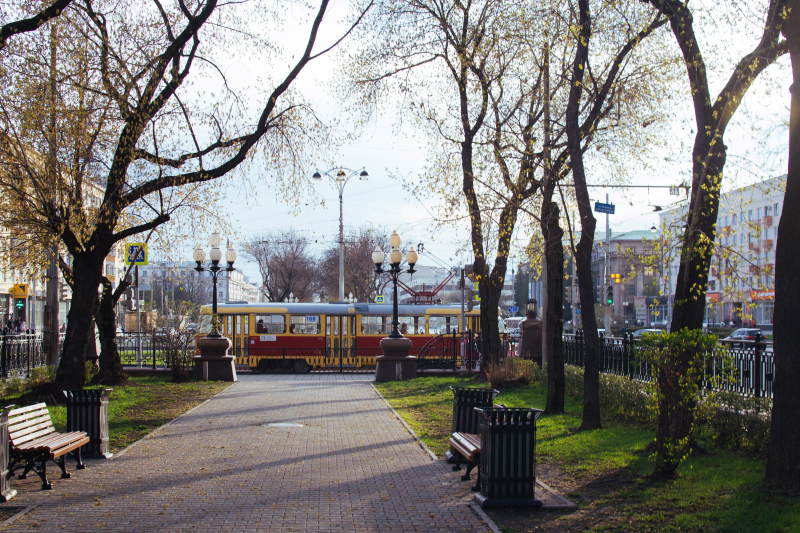
Credit: denis vasiliev (@destroyer25t) on Unsplash
Transport and housing
It’s quite easy to get from St. Petersburg to Yekaterinburg: the direct flight from Pulkovo airport takes only 2,5 hours. The city offers an extensive network of public transport and especially charming trams that look more like retro exhibits but still somehow run smoothly. One ticket to ride costs 26 rubles, and you can also pay by card. Like any self-respecting city in Russia with at least a million inhabitants, Yekaterinburg has its own metro, which consists of only one line and is not widely used by the locals.
There are affordable housing options, from hostels to houses to rent, but we decided to make it a truly Russian experience (and save money) and rented a tiny apartment in the dormitory district. The house we lived in was built in the ‘80s and is called Brezhnevka. On the spot, we learned a unique feature about its construction: despite it being a nine-story building, the elevator goes only up to the 8th floor.
Local food
Getting an authentic experience through exploring the local cuisine could be quite brutal as the most famous dish in the Ural is pelmeni. Moreover, Yekaterinburg is listed in the Guinness Book of World Records for the largest amount of mayonnaise consumed per capita. So, a huge plate of pelmeni with mayonnaise for dinner is just right to feel like a local. I’d also recommend trying vareniki with sweet fillings here, like cherry or tvorog – there’s no need to look for cafes, since they are available in supermarkets, and are extremely tasty and hearty to get you ready for a long journey through the city.
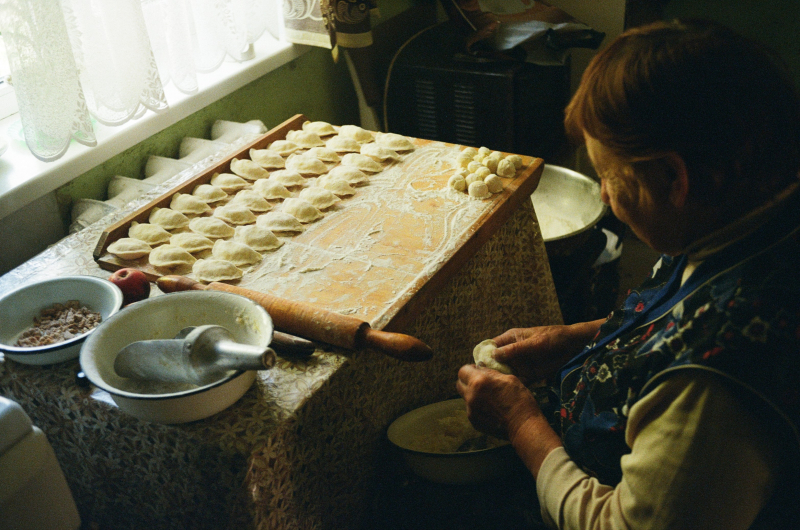
Credit: Andrew Keymaster (@arnidan) on Unsplash
What to do
Per classic local routes, at first we headed to the Plotynka urban reservoir, concentrating all the main sights around: the Sevastyanov Estate, the most opulent and bright building in the city, and the monument to the city’s founders, historian Vasily Tatishchev and engineer Georg Wilhelm de Gennin, which is also a famous gathering place for young skaters.
Just down Lenin Avenue, there’s a magnificent City’s Town Hall. Fun fact: before 1954, it looked less festive as it was originally built in the constructivist style and later decorated with stuccoes and statues to match the style of that age. Yekaterinburg is also called the capital of constructivism, due to gems of this style scattered around the city, with the abandoned White Tower on the top of it – just check the map to see them all!
Within walking distance, there’s Weiner street, worth visiting to take a picture with a monument of Gena Bukin – a controversial but beloved shoe seller from the 00’s Russian series Happy Together.
There are several locations in the city to contemplate the history of the Romanov family. The first one is the Church on Blood. It was built in 2003 on the site of Ipatiev’s house, where Russia's last royal family was executed. Another sorrowful landmark is situated 20 km from Yekaterinburg. The Ganina Mining Pit, where bodies of the family were burnt after the execution, nowadays is the monastery of wooden chapels, monuments, and museums commemorating the last royals.
Boris Yeltsin Museum. Photo courtesy of author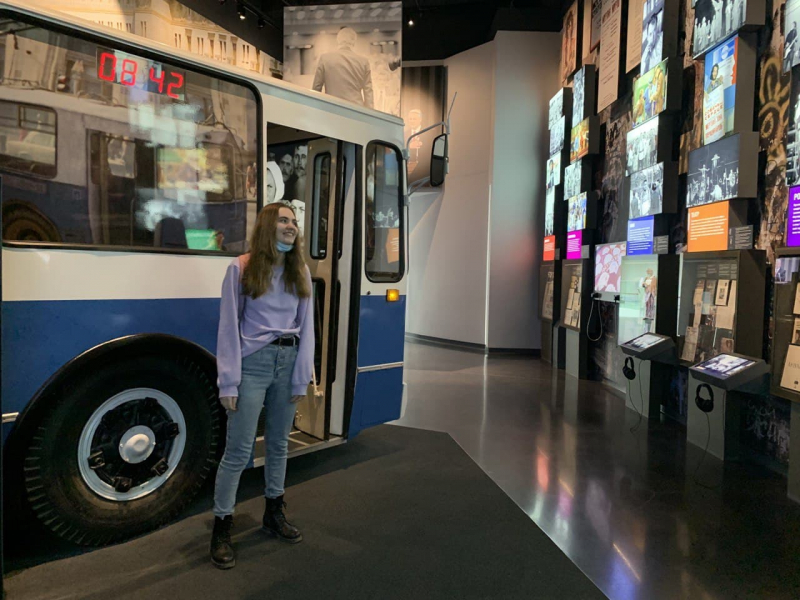
The place where we spend most of our time is Boris Yeltsin’s Museum. This multimedia art center is dedicated to the contemporary political history of Russia and its first president himself. Although it mostly focuses on Yeltsin, the first Russian president, personally, with a bit of critical thinking, you can get a wide picture of the most significant events of the ’90s in Russia. One more disclaimer: the risk of losing track of time here is extremely high as the museum is super interactive: it’s easy to get immersed in watching short movies on a trolleybus or playing the game on investing money in industrial enterprises (and went bankrupt in the end).
One more museum we couldn't visit but was strongly recommended by the local friend was the Museum of Stone-Cutting and Jewelry, which presents the works of art made of gems mined in the Ural Mountains.
I believe it’s a great place to understand our country better or have a fresh look at things you learned in history classes but what makes it cooler is to share this adventure with your friend.
Learn more about Russia’s capitals in this article, and check our travel notes from Kazan here.
